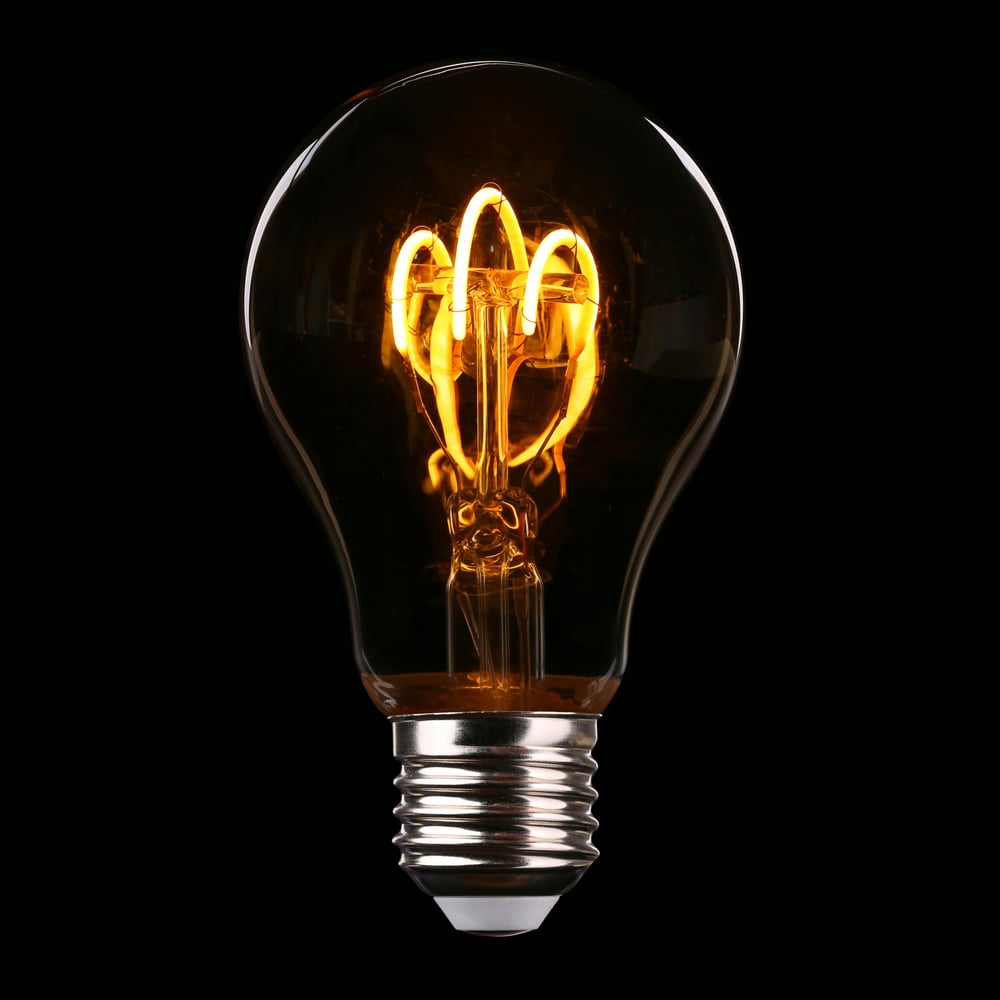
In the world of design, ideas not features are what truly sell. As emotional beings, our actions are often driven by feelings, shaped by our experiences. It's not just about the content or features a design offers, but the emotions and experiences it evokes.
Take successful luxury brands, for instance. They resonate with specific values that attract a dedicated audience, leading to loyal customers who are willing to pay premium prices. This connection goes beyond the physical product ,it's about the emotional journey the brand takes them on.
The essence of great design lies in understanding the emotions or experiences you want to evoke in your audience. Whether it’s excitement, tension, relief, or nostalgia, these feelings create lasting impressions. As designers, we work across a diverse spectrum from architecture to graphics, to products and though each discipline is distinct, the principles often intersect, allowing us to draw inspiration and apply techniques across fields.
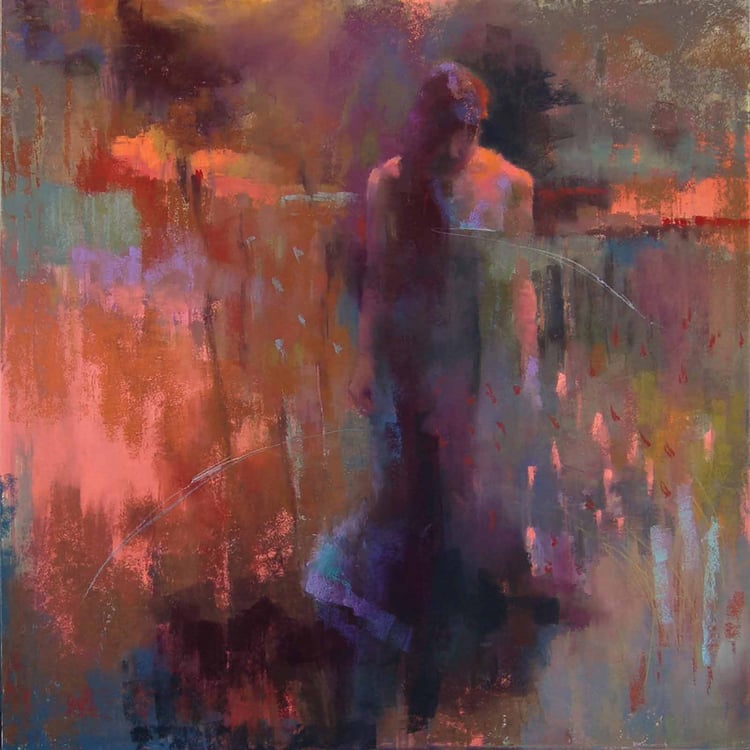
"Lone Figure," by Cathy Locke, pastel on Wallis paper, 30" x 30"
In Architectural design, for example, selling a lifestyle vision is key. If I can make you envision a way of living through my design, I've essentially sold you the product it’s just a matter of time before you buy in.
For Graphic designers, the visuals aren't just about aesthetics; they are tools to inform and move the public, compelling them to take action and seek out the experience you’ve crafted.
Product designers focus on interaction how people engage with their designs. A simple change in how we wash our hands could inspire a new type of sink, showing that design isn't merely about creativity or being different, but about redefining daily activities in meaningful ways.
In Fashion design, inspiration might stem from material culture, where fabrics or materials tied to specific cultures or places can be transformed into fashion statements. These designs carry deeper meanings, making them more compelling to those who understand the cultural references.
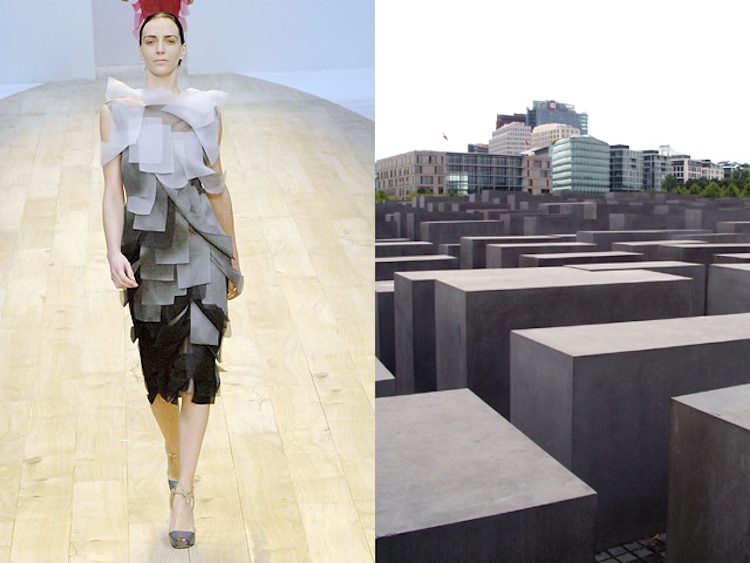
Akris, Spring 2008 | Peter Eisenman, Holocaust Memorial, Berlin. (Image via Scarfe Unravels)
For Game designers, the focus might be on storytelling, where historical narratives unfold through levels and challenges. This approach educates and engages players, immersing them in the experiences of another time.
Interior designers might tailor spaces to evoke the atmosphere of distant places, creating therapeutic or nostalgic environments. Imagine a room that feels like a static Virtual Reality experience immersive and evocative, without the need for technology.
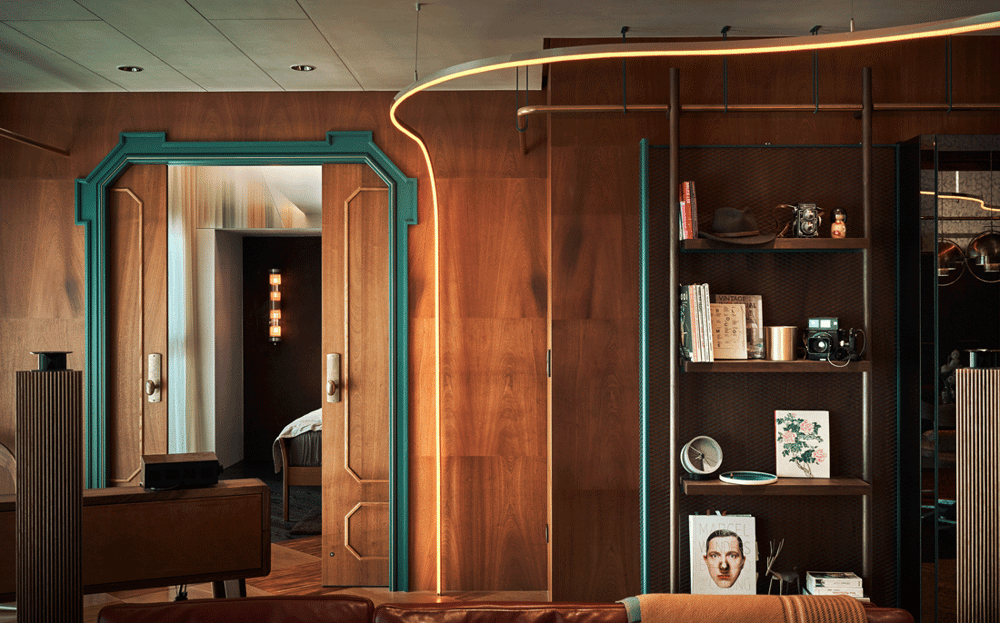
Futuristic Nostalgia:The result is a home that can be both futuristic and nostalgic, classic yet contemporary.(by attitude-mag.com)
Ultimately, in any form of design, it's the ideas and the emotional connections they create that matter most. By tapping into these feelings, designers can create experiences that resonate deeply with people, transforming their work from mere functionality to something truly memorable and impactful.


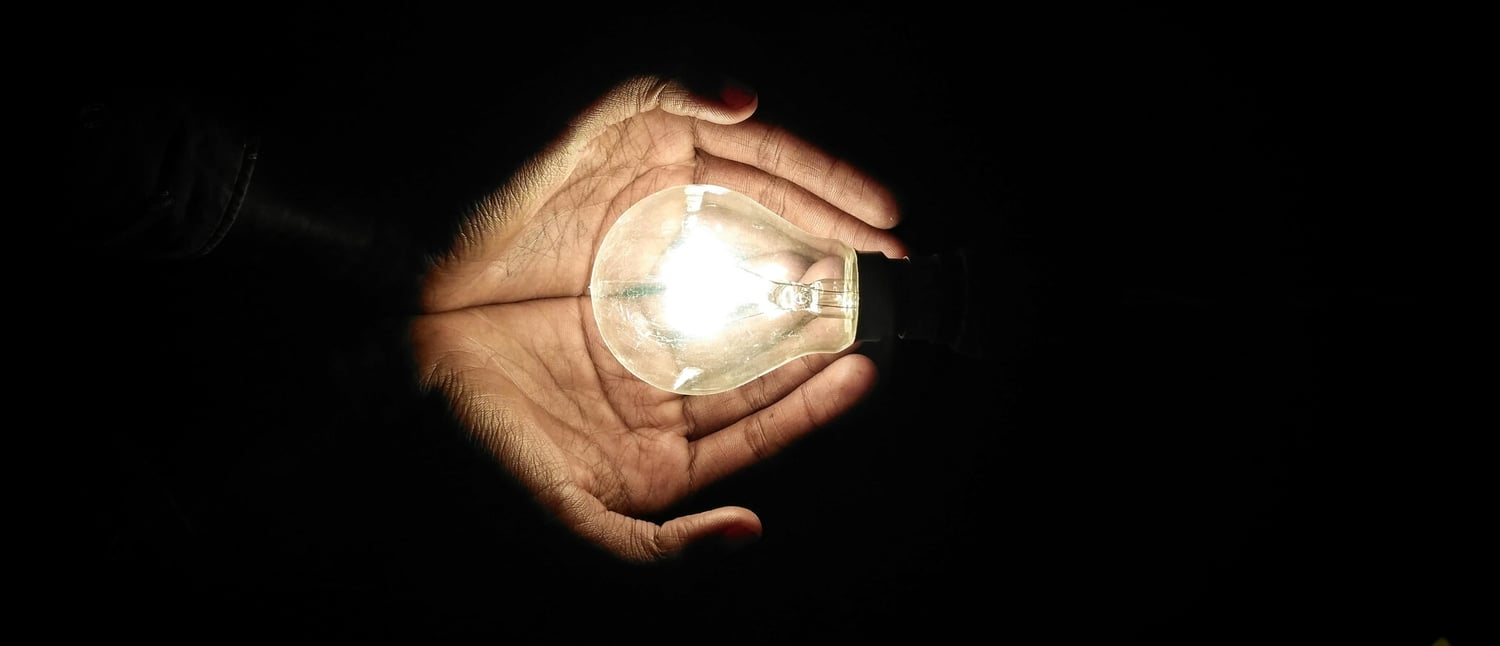
Comments ()